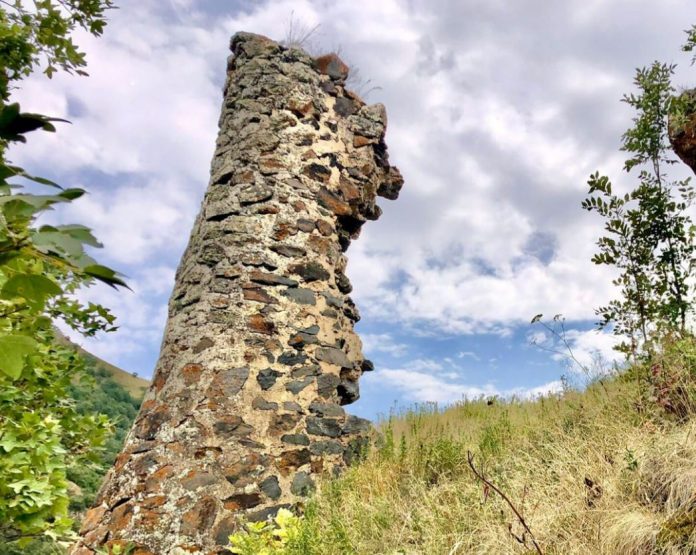The International Day for Monuments and Sites has recently been celebrated all over the world. The purpose of this history is to draw the attention of the world community to the protection of cultural heritage monuments and historical sites.
Monuments of cultural heritage in the world are being destroyed for various reasons. One of the reasons is wars.
Unfortunately, we still face wars, military conflicts and armed operations in the modern world. Nowadays, the whole world is folowing the war between Russia and Ukraine with excitement. Some time ago, there was another hotspot in the Caucasus region – Karabakh.
In September 2020, the Azerbaijani National Army launched an operation in response to the provocation of the Armenian state. As a result of the 44-day war, the Azerbaijani side liberated the territories occupied by Armenia for almost 30 years.
The problems posed by occupation and war are innumerable. One of them is the fate of Azerbaijan’s cultural heritage.
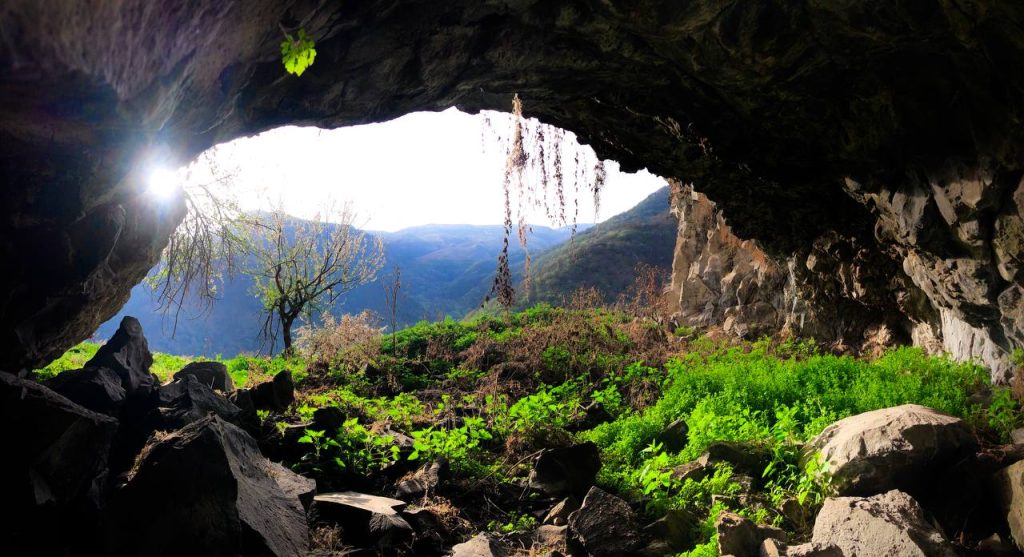
What happened after Azerbaijan liberated its territories …
It is known that the most important evidence of the historical existence of each nation in the area where it exists, proving its belonging to the region, are the monuments of material and spiritual culture. That is why the deliberate destruction and appropriation of these monuments is called a cultural genocide. İt became clear that Armenia had pursued a policy of purposeful and planned destruction of Azerbaijan’s cultural and archaeological heritage during the 30-year occupation.
This policy of cultural genocide has been implemented in various directions. First of all, efforts were made to appropriate the archeological heritage of Azerbaijan through various falsifications.
Archaeological monuments have a very ancient history in Nagorno-Karabakh and adjacent areas. At the same time, stone and earth walls, remnants of ancient wooden or stone walls, religious sites, shrines, temples and monasteries, areas where religious ceremonies are supposed to take place, cemeteries and mounds date back thousands of years.During the occupation of our lands, Armenians, who did not lay stones in those lands, savagely destroyed archeological monuments.
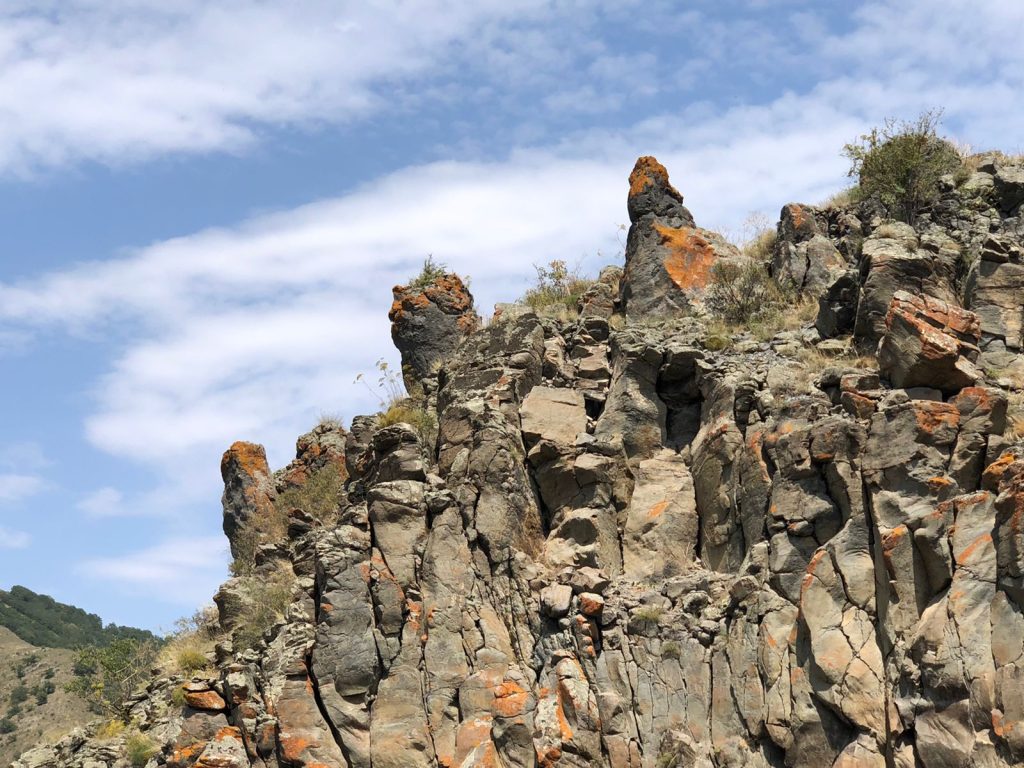
Thoughtful falsification of history
Armenians carried out their cultural terror against Azerbaijan in a deliberate, planned and purposeful manner. Faig Ismayilov, chairman of the Azerbaijan Historical and Cultural Monuments Protection Organization, said he had made the decision as a result of his research. “During the occupation, the Armenian government set up a commission headed by Doctor of Historical Sciences Hamlet Petrosyan to conduct archeological excavations in Karabakh. The commission, which has been operating since 2000, has been involved in the destruction of archeological monuments in Nagorno-Karabakh and adjacent areas, including Khojaly, Khojavend, Khankendi, Agdam, Shusha, Kalbajar and Lachin. Pupils and students of Armenian higher and secondary schools, as well as the Armenian population of Karabakh were mobilized to carry out the destruction. Representatives of the Armenian government and the Dashnaktsutyun terrorist organization internationalized the commission and involved experts from the United Kingdom, Spain, the Netherlands and Iceland. As a result of their illegal activities, mounds, pit graves, ancient farms, as well as all archeological cultural samples of Khojaly-Gadabay culture were destroyed in Nagorno-Karabakh and adjacent areas. During these illegal archeological excavations organized by the archeologists of the enemy country, valuable samples of underground material culture were obtained by Armenians and transported to Armenia. Lack of control over Nagorno-Karabakh has led to the proliferation of such excavations and the transportation of historical artifacts to Armenia”.
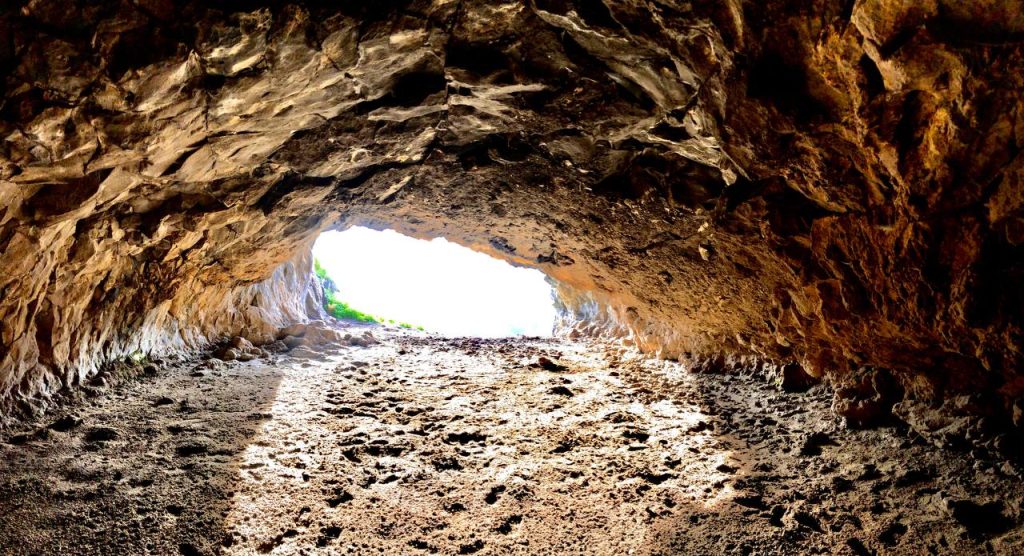
The Azykh Paleolithic camp, located near the village of Salaketin in the Khojavend region, which was subjected to Armenian vandalism in Nagorno-Karabakh, is world famous. This cave was not left out of the Armenian forgery during the occupation. According to sources, the Azykh cave camp, which is more than a million years old, is the only monument that reflects the sequence of the most ancient stages of human history. Azykh Cave, where the hearths (700 thousand years ago) and the remains of the building were discovered (350-400 thousand years ago), is one of the few oldest monuments in the world with these indicators. Azykh cave is one of the monuments of exceptional importance in world archeology.
The Paleolithic archeological expedition of the Institute of History of the Azerbaijan National Academy of Sciences under the leadership of Mammadali Huseynov conducted complex archeological excavations in the Azykh Paleolithic camp in June-July 1986-1986. Azykh cave, located in the Tug depression on the left bank of the Guruchay gorge in the Kura-Araz river valley, is included in the UNESCO list of cultural heritage as an ancient cultural monument. Studies show that Azykh Cave is the only monument in the world due to its antiquity, multi-layeredness and archeological richness. In this cave, it was possible to determine the degree of their evolution from the techniques of ancient and Middle Paleolithic stone tools.
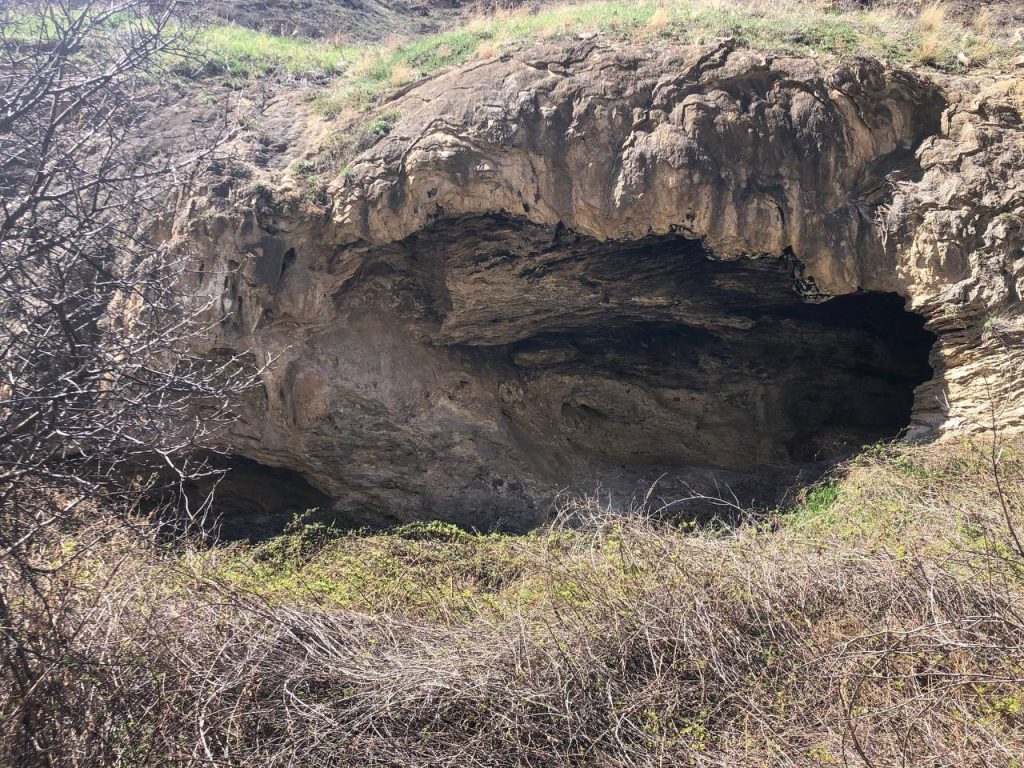
Illegal excavations in the Azykh Paleolithic camp
The fauna and archeological materials found in the Azykh cave have created a broad picture of the economic activities of azykhantropes in Azerbaijan. Such a majestic monument was used by the Armenian government as an armory from 1992 to 2001, and since 2001 illegal archaeological excavations began in the cave.
The head of the department of the Institute of Archeology and Ethnography of the Azerbaijan National Academy of Sciences, Doctor of Historical Sciences, Professor Tarikh Dostiyev in an article entitled “Medieval archeological monuments of Karabakh and the policy of cultural genocide of Armenians” mentioned that Albanian Christian monuments are the architectural and archeological heritage that was most appropriated and altered by Armenians in the territory of Karabakh during the occupation. The symbols of the Albanian Christianity on them have been changed and falsified with elements of the Gregorian sect and Armenian culture. From this point of view, it is possible to point out the illegal excavations carried out in the Amaras temple complex
The main purpose of the archeological excavations carried out by the occupying state’s illegal expedition in the Amaras temple complex near the village of Sos, Khojavend region, at the junction of plain and mountainous Karabakh, one of the religious centers of Albania, was to seize the Albanian Christian heritage.
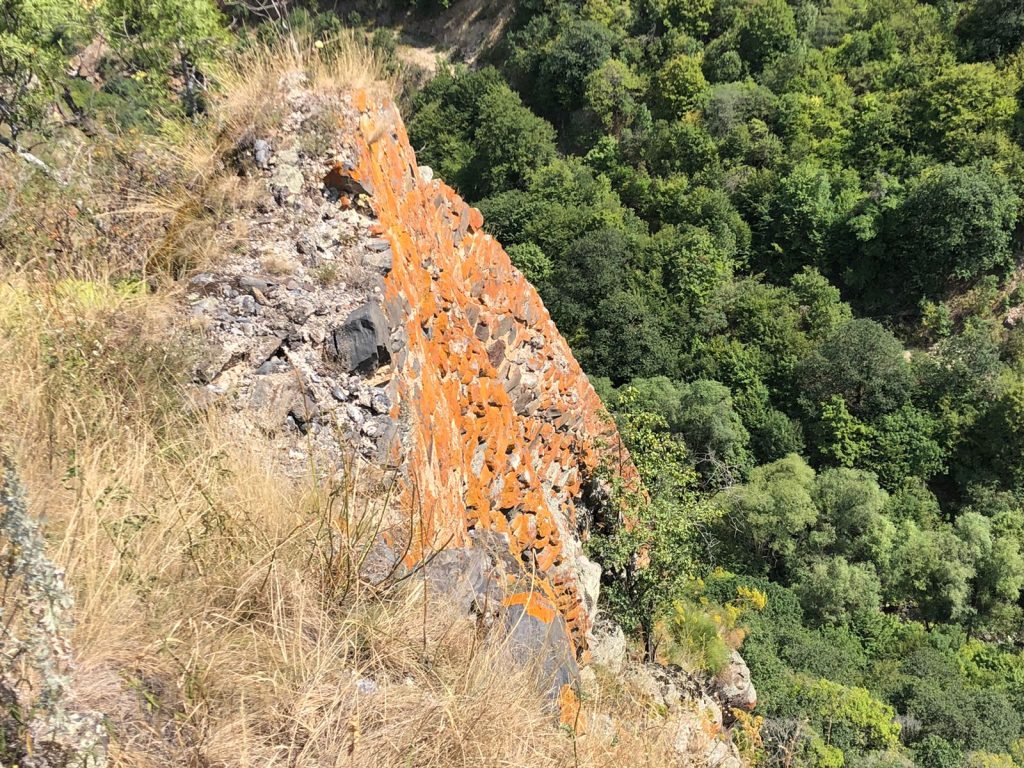
Archaeologist Rashid Goyushov, who conducted legal research at the Amaras temple complex and scientifically proved that the monument is one of the earliest examples of Albanian Christian heritage, was subjected to biased and unfounded criticism. The aim of the Armenian archeologist H. Petrosyan is to falsify the facts, to present the Amaras temple complex as an Armenian cultural heritage, and ultimately to justify the occupation.
Also, the results of archeological excavations in Shahbulag were falsified and attempts were made to connect the ancient settlement with the Armenian ruler Tigran, and to present the monument to the Albanian early Christian as an Armenian cultural heritage. The transportation of the finds to Armenia in violation of international law is now shamelessly promoted as “saving the Armenian cultural heritage.”
Azerbaijani archeologist-scientist, historian Tavakkul Aliyev recalled that in 2016, Armenians spread information about the alleged discovery of their ancient city near the Shahbulag fortress near Aghdam. The scientist noted that the Armenians wanted to work on the Azykh Cave at the international level. At that time, the Ministry of Foreign Affairs of Azerbaijan took serious steps to prevent the recognition of these investigations. There were also historical graves in Lachin. Those graves were looted and taken to Armenia. Then a fight broke out between the so-called “Arsakh”. Armenia said t belongs to me mine, and “Arsakh” said it belongs to me. In the end, some of those graves were auctioned off in London. The historical culture of Karabakh was plundered by Armenia and put up for auction on the world market. Thankfully, we have already taken back our lands and our monuments have returned to us. After that, everyone must do their job. A civil engineer must contribute to construction, a historian must contribute to history, and an archaeologist must contribute to archeological excavations.

The UNESCO Paris Declaration of October 17, 2003 states that a state that deliberately destroys cultural heritage of great importance to mankind does not take measures to prohibit, prevent, stop, and punish any intentional destruction of cultural heritage of great importance for humanity, is responsible for this.

